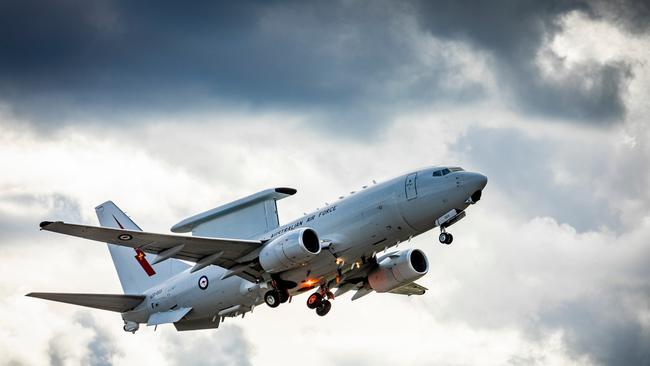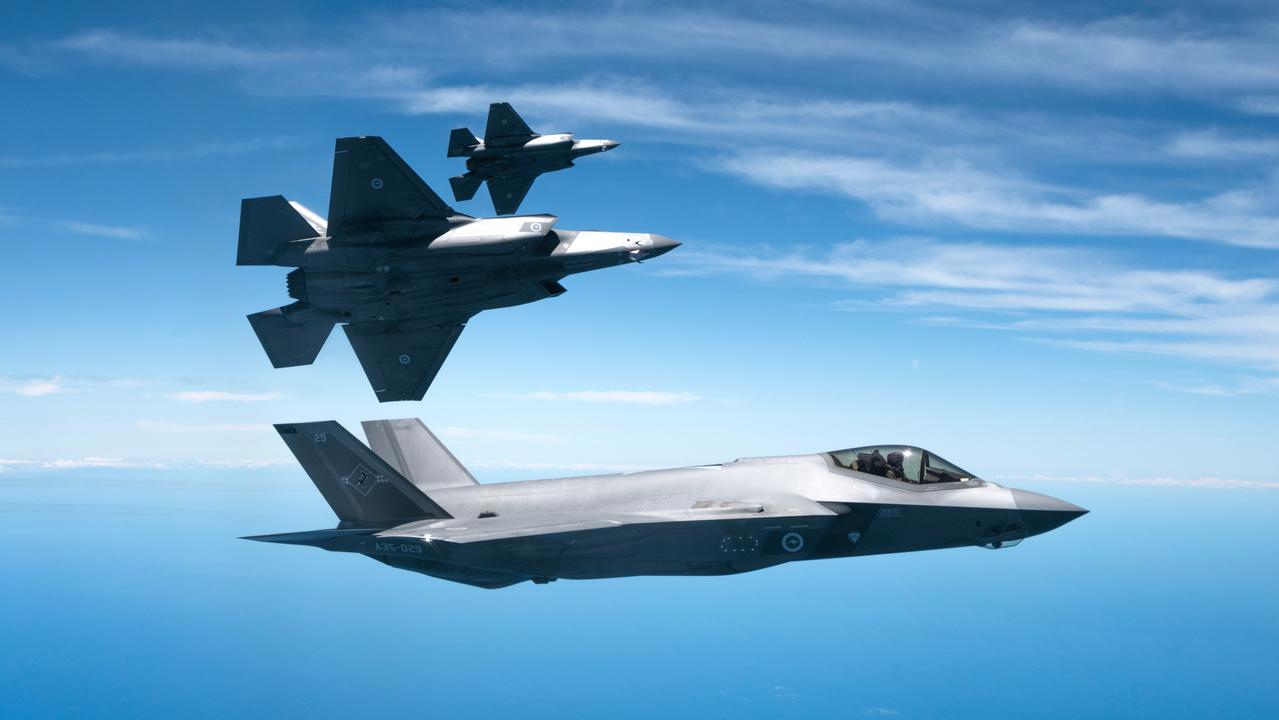Ukraine shows the importance of an integrated air and missile defence system
The RAAF started thinking about the kind of attacks Ukraine is dealing with about a decade ago and has been building an Australian protective system.

The continuing brutal Russian assault on Ukraine is a tragic reminder of what happens when an adversary unleashes a barrage of missiles, drones and stand-off weapons against an underprepared adversary.
Having failed to win a quick military victory, Russia now seems intent on destroying critical infrastructure – such as targeting the electricity grid – in the apparent hope of blasting their way to success.
The delivery of Western air-defence systems is making a difference, but many attacks continue to succeed.
The RAAF in particular started thinking about this threat about a decade ago and has been putting in place the building blocks of an Australian system that will protect the country from current and future contingencies.
Known as the AIR 6500 series of projects, the first phase will replace existing capabilities with a command and control Joint Air Battle Management System.
In turn, this will form the backbone of an integrated air and missile defensive shield, linking sensors, weapons and platforms that will eventually be able to protect Australia from threats as varied as crewed aircraft, cruise missiles, drones, and hypersonic threats.
Australia is five times the size of Ukraine, but on the other hand is quite urbanised with 90 per cent of the population close to the coast, along with a lot of critical infrastructure and many – but not all – military assets. This means that even though the RAAF has the lead for the project, they can also use powerful RAN platforms such as the Air Warfare Destroyers to develop an integrated solution to the air-defence problem.
In addition, the Army is very advanced in their short-range LAND 19 Phase 7 air defence project that will also connect with AIR 6500. By being able to network many assets, their individual effectiveness is hugely increased.
The US has been conducting exercises – some involving Australia – with scenarios such as a high-flying F-35 sending radar data to an Aegis-equipped naval platform with a more limited sensor horizon. The ship then shoots down incoming cruise missiles with SM-2s without ever having picked them up on its own radar – a system known as third-party targeting.
As time goes on, these scenarios are becoming more complex with incoming threats more numerous and travelling at a greater variety of speeds.
Australia also has some of the same hardware, such as F-35s, Aegis-equipped ships and defensive missiles including SM-2 and ESSM.
The army system will use AMRAAM air-to-air missiles in the NASAMS ground-launched configuration – and in the future could add on AIM-9X and ESSM.
In addition, we have assets the US does not, principally Wedgetail AEW & C aircraft, the JORN surveillance network, and a variety of world leading radars from Canberra-based CEA Technologies.
These already give the Anzac frigates a formidable short-range defensive capability, they are a vital sensor for LAND 19 Phase 7 – and they will provide the long-range and fire-control radars for the nine future Hunter frigates.
Systems such as Aegis – ancient Greek for “shield” – were originally designed so that US destroyers could provide a protective bubble around aircraft-carrier task groups of 200km in diameter and stretching to the upper atmosphere.
This means that stationed next to any population centre on the coast, such ships are able to protect the area against incoming threats – including ballistic missiles – until their own stocks run out.
Japan and South Korea have already adopted this approach of using their Aegis-equipped ships to protect their cities from North Korea.
With a fully networked solution, an F-35 from RAAF base Williamtown or a Wedgetail could detect cruise missiles heading for Sydney many hundreds of kilometres away and then cue either a NASAMS battery or an AWD to shoot them down.
Of course, this somewhat utopian scenario is easier said than done, requiring huge amounts of data to be moved around the network, interpreted and acted on.
The two short-listed companies for the AIR 6500 tender – the local subsidiaries of US companies Lockheed Martin and Northrop Grumman – are experts in meeting and overcoming precisely these types of technical challenges.
They submitted their bids in September and both have high levels of Australian content to guarantee that this will be a sovereign solution and not one that needs to be purchased from and maintained by another country.
The main radar supporting the AIR 6500 solution will come from CEA, with first deliveries in 2024.
No decision has been made on the defensive missiles, but it is highly likely that these will be Patriot PAC-3s – or whatever replaces them in the US inventory.
These are reactive, supersonic, hit-to-kill missiles that have been purchased by 18 countries for medium-range protection.
When networked with Aegis-equipped ships, NASAMS batteries and a variety of other assets such as F-35s and Super Hornets they will give Australia a credible response to threats such as those being experienced by Ukraine.
The selection of the preferred bidder for AIR 6500 is expected in the next few months.


